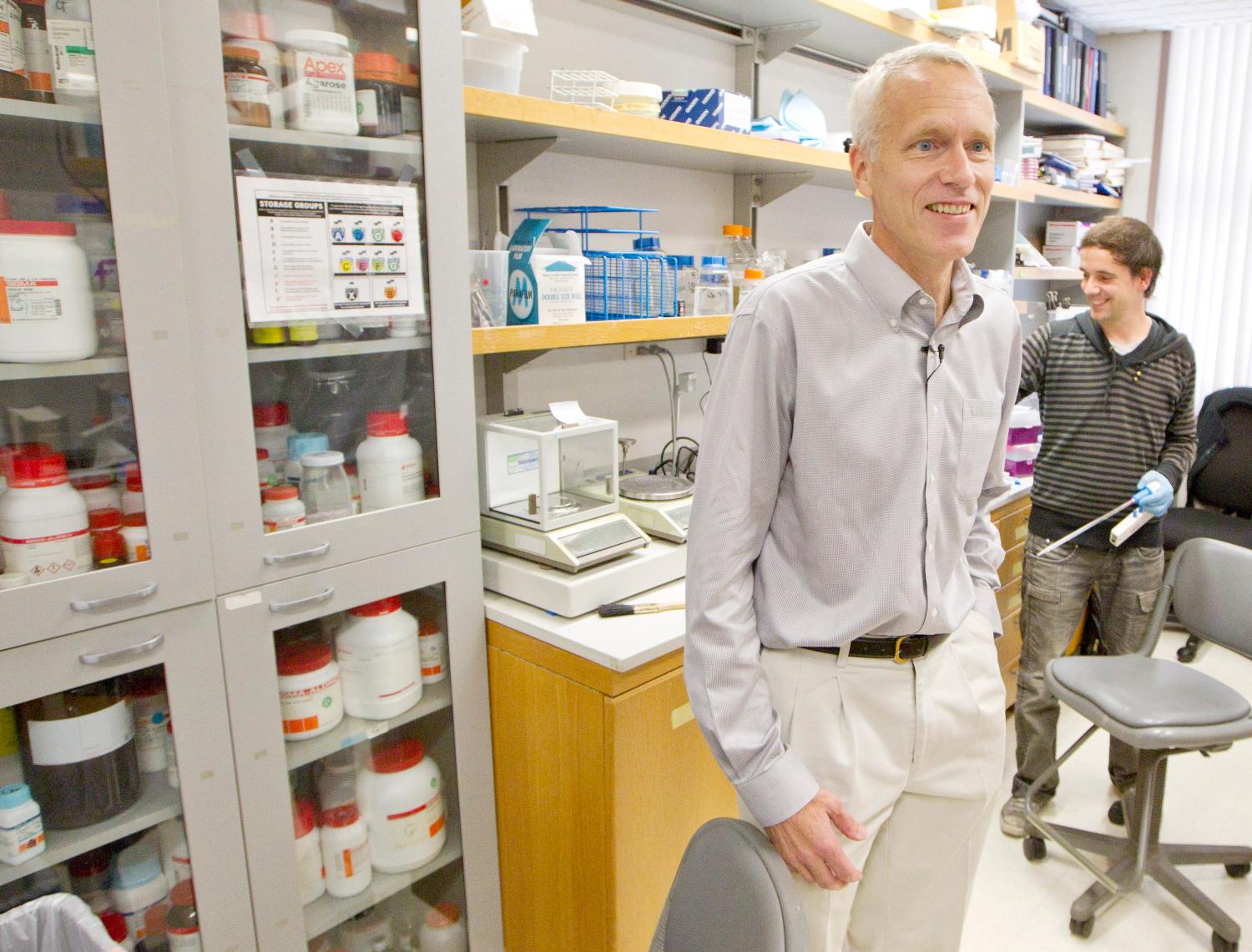The federal government invests $147 billion in U.S. research and development, with $90 billion going to institutions of higher learning to underwrite faculty research projects and the training of graduate students and post-doctoral fellows. However, based on licensing fees, federal dollars generate a very small rate of return on investment.
In this new paper, Darrell West examines that low ROI and argues that part of the problem is that the focus on patents, licenses, and startups places too much emphasis on outputs as opposed to outcomes. Those indicators represent proxy measures of getting material to the market as opposed to whether particular research ideas actually are having an impact and being successful in the marketplace. If a patent is awarded, a license issued, or a start-up business established, it does not guarantee that the product is used or generates revenue.
This paper reviews how universities report their commercialization activities, the need for better performance metrics, and ways to improve their disclosures and overall performance. Using an analysis of technology transfer annual reports, West argues that universities should provide more detailed financial performance data. By offering more complete material on money in and out, it would help evaluate how well universities are commercializing their research ideas and whether alternative models would produce better results. There needs to be better understanding of the innovation differences across academic fields, and increased emphasis on university transparency, accountability, and overall performance. West gives specific recommendations for ways to do better on technology transfer and commercialization, including standardized reporting forms, equity investments and greater transparency.




